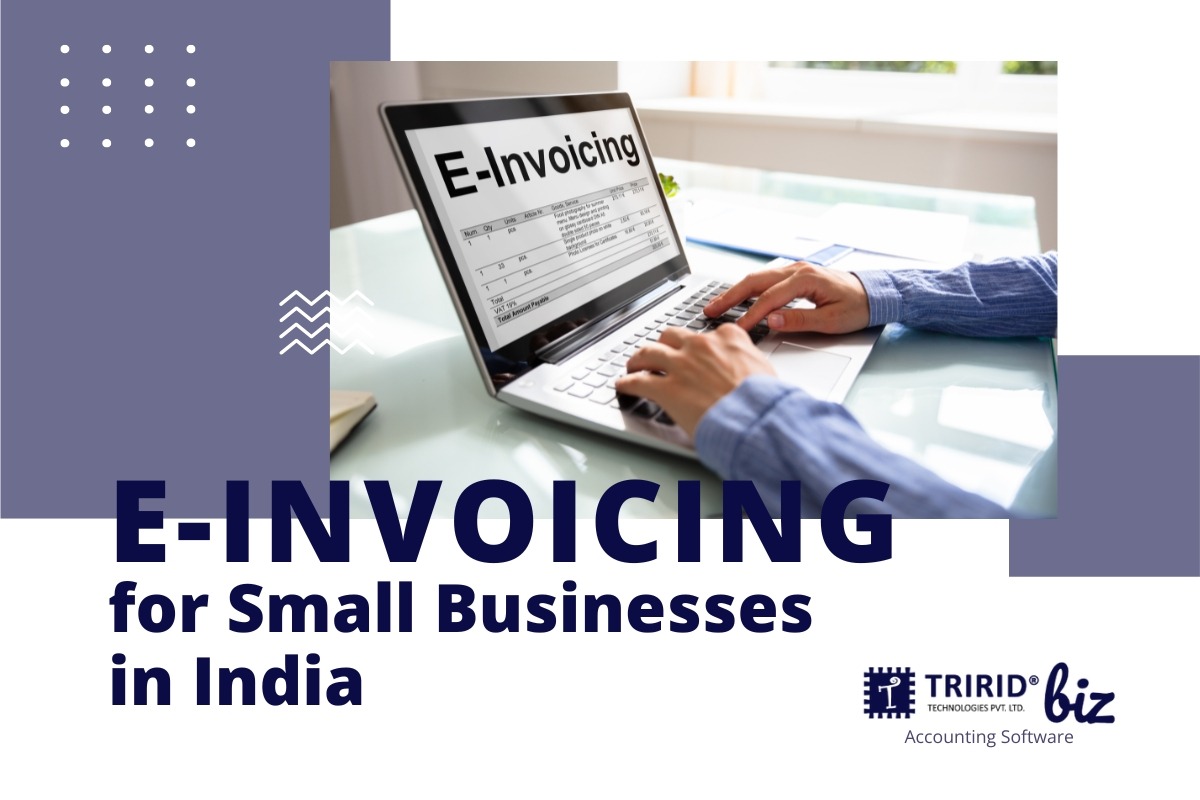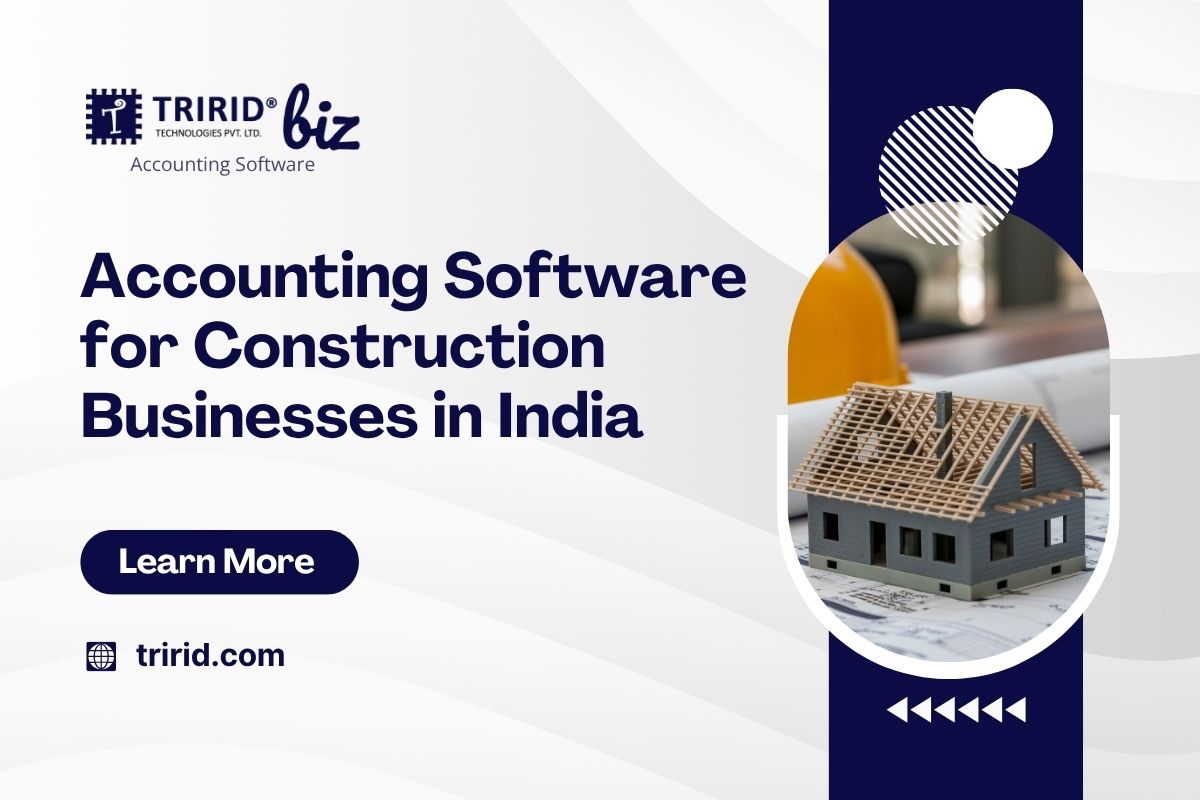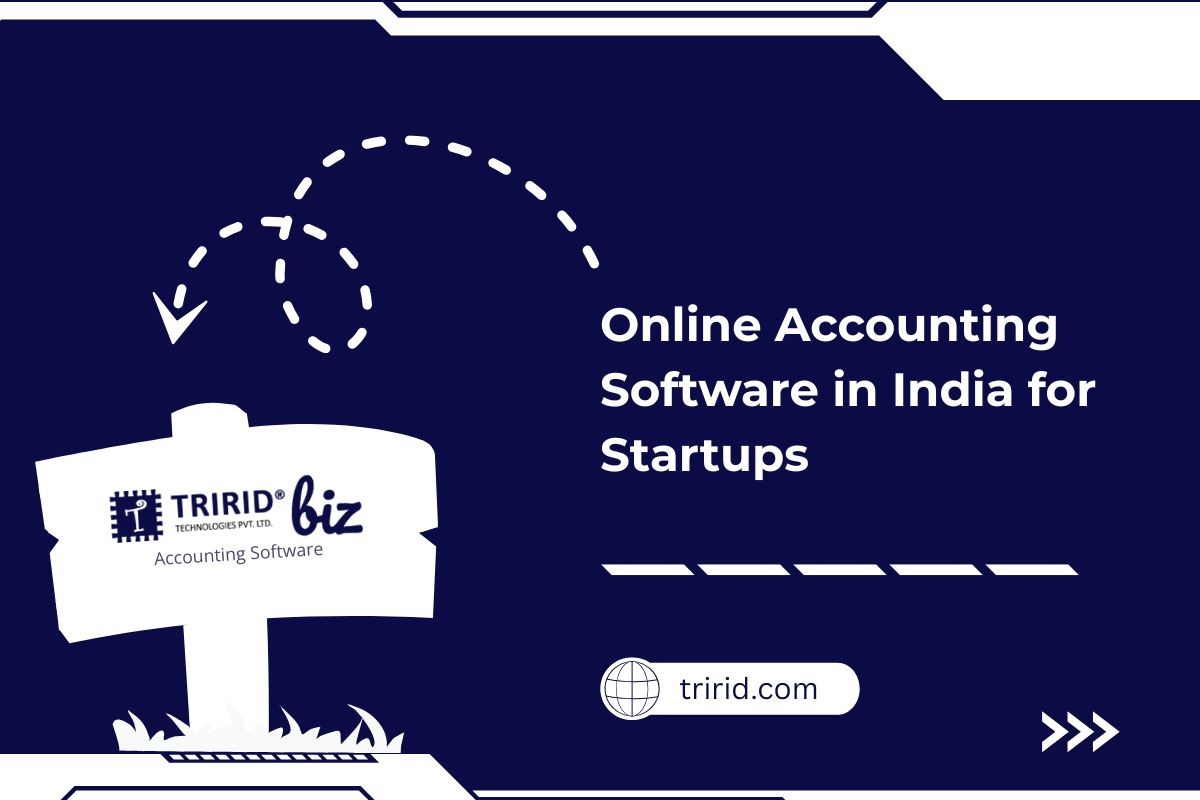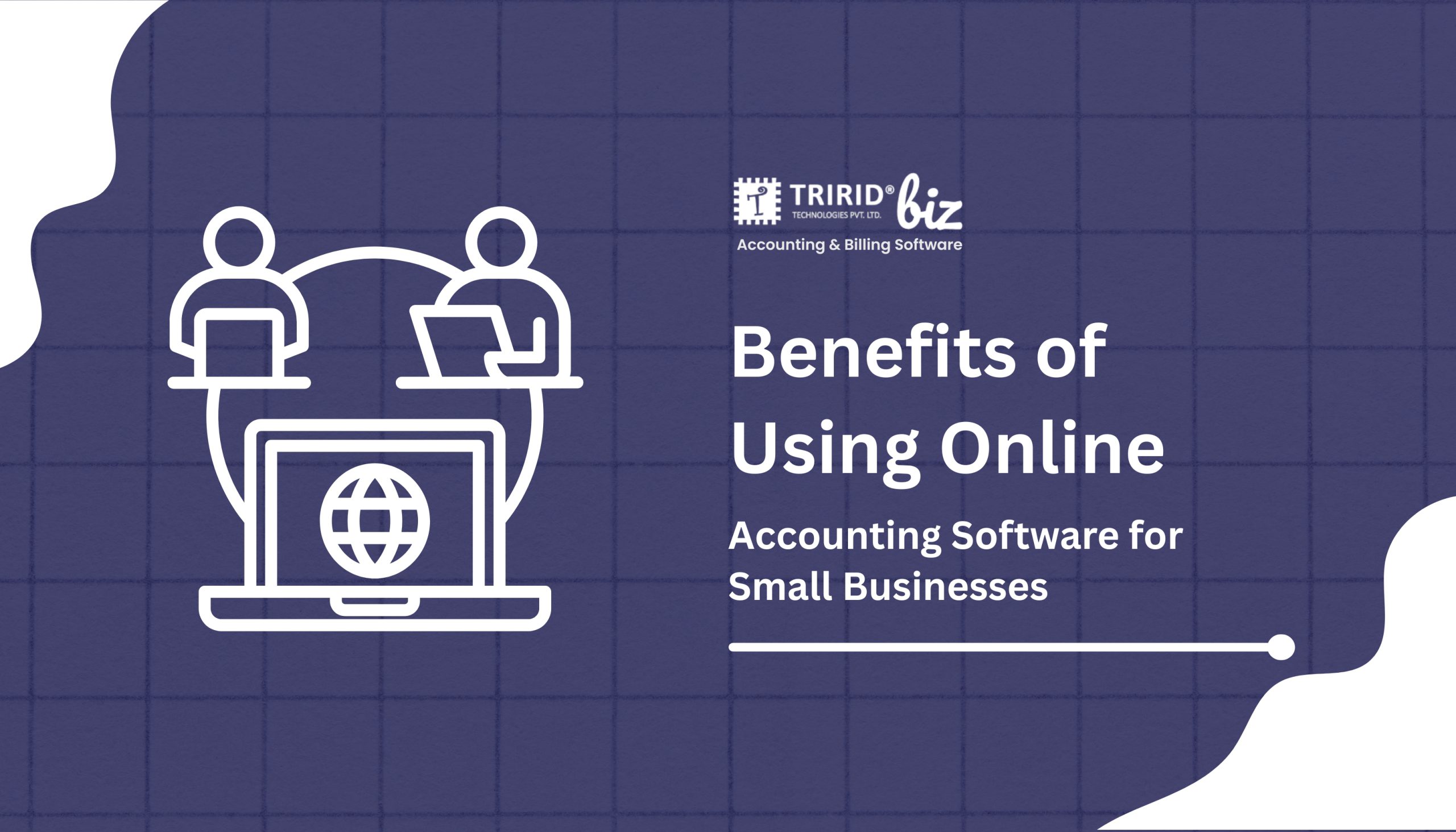E-Invoicing for Small Businesses in India: What You Need to Know
GST compliance in India is an evolving landscape, and e-invoicing is one major change that has disrupted businesses across the entire country. What could seem just another complex regulation is actually a great tool to streamline operations and bring transparency.
For any small business owner, SME, or freelancer in India, it’s crucial to have some understanding of e-invoicing, even if it hasn’t yet come into force for them. It’s designed to aid the simplicity of transactions between businesses, prevent evasion to any extent, and parametrize on efficiency.
At Tririd Biz, we want to ensure that your compliance is taken care of and make your finances easier to manage. In this guide, we will cover everything you need to know about e-invoicing for small businesses in India, and how an integrated solution like Tririd Biz Accounting & Billing Software can make the whole process hassle-free.
What Exactly is E-Invoicing?
Simply put, e-invoicing (or electronic invoicing) is not about generating invoices in a software and emailing them. Instead, it’s a system where businesses upload their invoices to a government-designated portal (the Invoice Registration Portal or IRP) for validation and generation of a unique Invoice Reference Number (IRN) and a QR code.
The validated invoice, along with the IRN and QR code, is then returned to the supplier. This validated invoice is the actual e-invoice. This system ensures that all B2B transactions are authenticated by the government in real-time.
Who Does E-Invoicing Apply To in India?
Initially rolled out for large taxpayers, the applicability of e-invoicing has gradually expanded based on aggregate turnover. As of the current regulations (please always verify the latest thresholds from official GST sources), e-invoicing applies to all GST-registered businesses whose aggregate turnover in any preceding financial year (since FY 2017-18) exceeds a certain threshold (e.g., ₹5 Crore).
- Does it apply to your small business? It’s essential to check the latest turnover thresholds on the official GST portal or consult with a tax professional. Even if your current turnover is below the threshold, it’s good to understand the system, as the threshold may reduce further in the future.
- Transactions Covered: E-invoicing applies primarily to B2B (Business-to-Business) invoices, export invoices, credit notes, and debit notes. B2C (Business-to-Consumer) invoices are generally outside the purview of e-invoicing.
The Benefits of E-Invoicing for Small Businesses and SMEs
Even though it may set aside some elements of compliance, an e-invoicing system has high potential for benefits:
- Less Data Entry Errors: Once the data for invoice is validated, it again needs manual entry in different places (for example, GSTR-1, e-way bill). And this results in errors and mismatching.
- Faster Input Tax Credit (ITC): E-invoices auto-populate GSTR-2A/2B and GSTR-1, thus ensuring quicker reconciliation and, consequently, faster ITC claims.
- Real-Time Tracking: Businesses can track the real-time status of an invoice, which eventually leads to dispute resolution and enhanced transparency.
- Reduced Fraud: The system stops the creation of fake invoices and endorses genuine transactions, thereby creating a trustworthy business environment.
- Better Efficiency: The automation of data flow between systems (IRP, GST portal, e-way bill portal) results in higher efficiency with saved time and reduced administrative costs.
- Effortless E-Way Bill Generation: The details once generated in the e-invoice can be auto-populated for e-way bill generation, making the whole process easy.
The E-Invoicing Process in Simple Steps
Here’s a simplified overview of how e-invoicing works:
- Invoice Generation: Your business generates an invoice using your GST billing software (like Tririd Biz) in the standard format (e.g., JSON).
- Upload to IRP: The invoice data is sent to the Invoice Registration Portal (IRP). This can be done directly through your software, via an API integration, or manually.
- IRP Validation: The IRP validates the invoice data against the GST network, checks for duplicates, and assigns a unique Invoice Reference Number (IRN).
- QR Code Generation: The IRP also generates a digitally signed QR code that contains key invoice details.
- Return to Supplier: The validated invoice, along with the IRN and QR code, is returned to your software.
- Distribution: You then send this e-invoice (containing IRN and QR code) to your buyer.
- Auto-Population: The e-invoice data is simultaneously transmitted to the GST system (for GSTR-1 auto-population) and the e-way bill portal (for easy e-way bill generation).
How Tririd Biz Simplifies E-Invoicing for Your Business
Tririd Biz’s accounting software ties smoothly with business processes relating to e-invoicing, so that even the busiest small business owner can take care of their accounts with relative ease.
- Having Integrated E-Invoice Generation: Tririd Biz allows you to generate GST-compliant invoices ready for e-invoicing. All you have to do is create your invoice like you usually do in our system.
- IRN & QR Code Generation (via API/Portal-integrated): We provide the mechanisms for simplicity in pushing your invoice data to IRP. Our system manages the entire flow from the creation of an invoice, sending it to the IRP, to receiving back the validated IRN, and QR code.
- Automated Data Flow: Without much manual intervention, once accepted, the e-invoice details automatically flow into your records and can be further used for GST return filing and e-way bill generation.
- Error-free Compliance: Mandatory validation checks by the software significantly reduce defaults that may occur with human error against common issues on e-invoice submission.
- Easy E-Way Bill Creation: Use your e-invoice data to generate e-way bills from shipments with a few simple clicks, saving you precious time.
- A Definitive Solution to Your Backyard Financial Activities: An elite e-invoicing module on the Tririd Biz accounting software takes care of everything from expenses to inventory and the financial reporting side of things.
Is Your Business E-Invoice Ready?
Even if e-invoicing isn’t mandatory for your current turnover, preparing for it is a smart move. Implementing a robust GST billing software in India like Tririd Biz ensures that when the time comes, you can transition smoothly without any disruption to your business operations.
Embrace the digital transformation in tax compliance. It’s not just about meeting requirements; it’s about making your business more efficient, transparent, and ready for the future.
Ready to streamline your invoicing and ensure GST compliance?
Get Your Free Demo of Tririd Biz Today!






